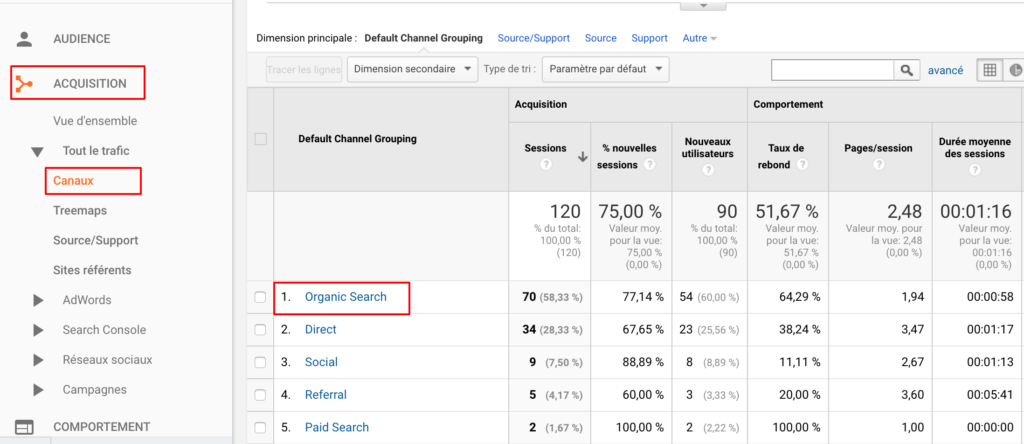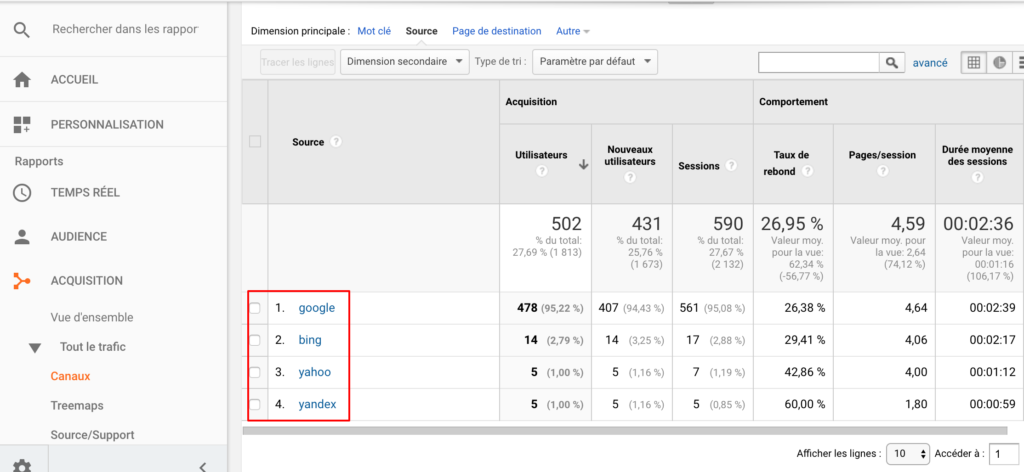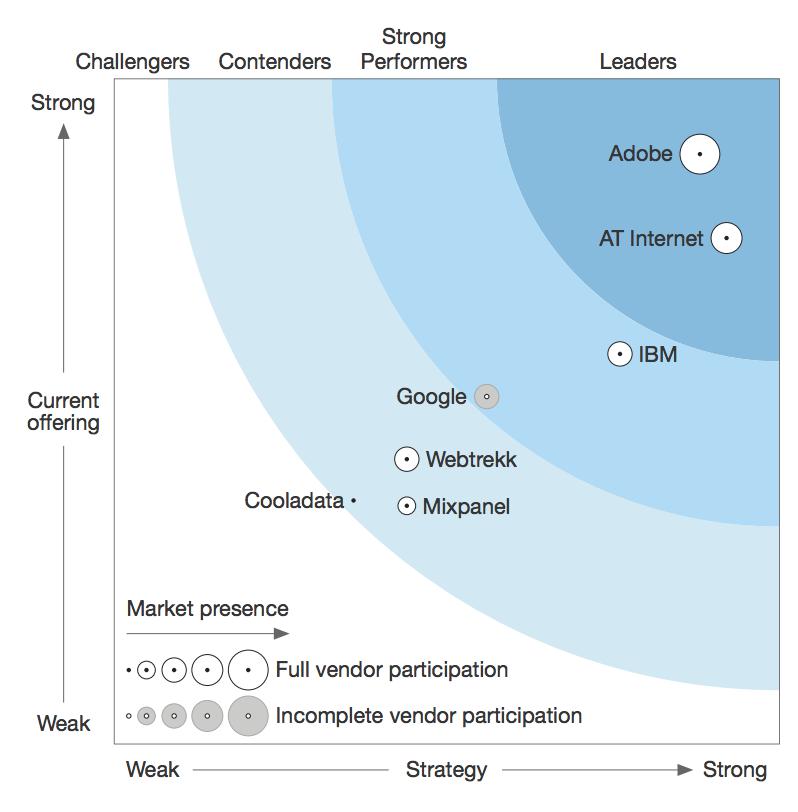We've all heard the terms "web analytics" or "website analytics" in the last few years and some of us are wondering what exactly these terms mean and how they will help us. In this article we will answer these questions, explaining the importance of web analytics for any website owner, what kind of information is provided by analytics tools and what are the most used web analytics tools on the market.
But, before we dive into the answers to all these questions, and the usefulness of these concepts, let's first define what they really are.
The term web analytics is used for any activity that collects, measures and analyzes the behavior and audience of a website in order to understand and optimize the user experience and performance of the site. Web analytics is based on data collected by audience measurement and analysis tools such as Google Analytics. In simpler terms, it is data about :
- Who visits our website?
- How did these visitors arrive?
- What did they do once they landed on a page?
- Where did they go next?
- And much more.
Most web analytics solutions provide data on :
Web analytics platforms provide huge amounts of data about your website. Before you start analyzing all the information collected, you should first decide what the purpose of your website is in order to better focus attention on the most important data.
To give some examples, let's take the case of an online retailer whose objective is to make sales via his website and a consultant who uses his website to present information about his service offering.
The online retailer will likely be more concerned with conversion metrics, such as the number of purchases made online, while the consultant will likely look at engagement metrics, such as time spent on site and number of page views.
Web analytics are of paramount importance for a website, for the simple reason that understanding visitor behavior will help optimize the experience offered in order to achieve the goals set for your site.
Going back to the first example of the online retailer, if we analyze the customer journey closely, we could have a navigation path similar to the following:
Home page ---- product page ---- delivery detail page ---- billing detail page ---- order summary ---- payment confirmation page
The analysis of this path will allow you to understand where visitors give up if they do not complete the transaction. With this analysis, you can optimize this journey by combining some pages, reducing or simplifying the steps of the purchase process to remove irritants (a common example is to combine the billing and delivery steps in one page), so the new journey could be :
Home page ---- product page ---- customer information page ---- order summary ---- payment confirmation page
This very simple example demonstrates that web analytics tools allow you to make changes to your site based on real data, as opposed to changes based solely on opinions.
Web analytics can also help improve your SEO by providing you with leads on what text to use for your SEO. As I mentioned before, when you start with web analytics, it is important to understand which metrics can have the biggest impact on your business. Understanding and defining these correctly will have a positive influence on the overall SEO of the site.
When analyzing the performance of any website, the main focus is almost always on traffic, which is defined as the number of visitors. However, web analytics involves much more. If you are using Google analytics, for example, as a measurement tool, you should surely look at the "Acquisition" section and more specifically the "Channels" sub-section. Click on this sub-section, then choose "Organic", and you will find all the search engines that have brought visitors to your site. If you have done any work with your SEO, you will probably see that most of the search engine traffic comes from Google, or Bing.
Google Analytics, like many other web analytics tools, can also tell you which pages of your website have a high bounce rate. This is an indicator that measures the percentage of Internet users who entered a web page and left the site afterwards, without consulting other pages. They have only seen one page of the site. This information can be used to analyze these pages and optimize their content in order to offer a better user experience.
By gaining a better understanding of these performance indicators, it is easier to understand how your visitors are behaving on your site and what impact your organic and paid search efforts have had.
According to a study conducted by Forrester in the last quarter of 2017, the major players in the web analytics market are as follows:
In summary, the takeaways from this study are:
- Adobe maintains its dominant position and strength in the web analytics market;
- AT internet has quietly continued to strengthen its position in this market;
- IBM wants to embody easy-to-use web analytics. With its experience analysis product "Watson", IBM wants to enable its customers to optimize web and digital applications to increase conversion, loyalty and customer lifetime value;
- Google continues its foray into the web analytics market. With its 360 Analytics Suite, Google combines its digital analytics capabilities with tag management 360, site optimization 360, data visualization 360 and other products in the Google suite.
- Webtrekk impresses with great web analytics capabilities at a competitive price. Webtrekk is a customer intelligence platform that connects, analyzes and enables user and marketing data across all devices.
Below is a comparison of the three most commonly used tools on the market, based on three main criteria: price, convenience and ease of installation.
| Criteria |
Google analytics |
Adobe Omniture |
AT internet |
| Price |
Free |
Paying |
Paying |
| Convenience |
**** |
** |
*** |
| Easy to install |
**** |
* |
** |
Web analytics provides extremely useful information that, if properly collected from the time of website design, then interpreted and acted upon, could significantly improve the performance of your website.
Finally, I will end this article with two important points to remember about web analytics:
- Ensure that analysis tools are properly configured to collect reliable and quality data;
- Make sense of this collected data by retaining what is important for your website and your business, then implement tools to monitor your metrics (Dashboard), otherwise all marketing decisions on your site and your business will be compromised.




